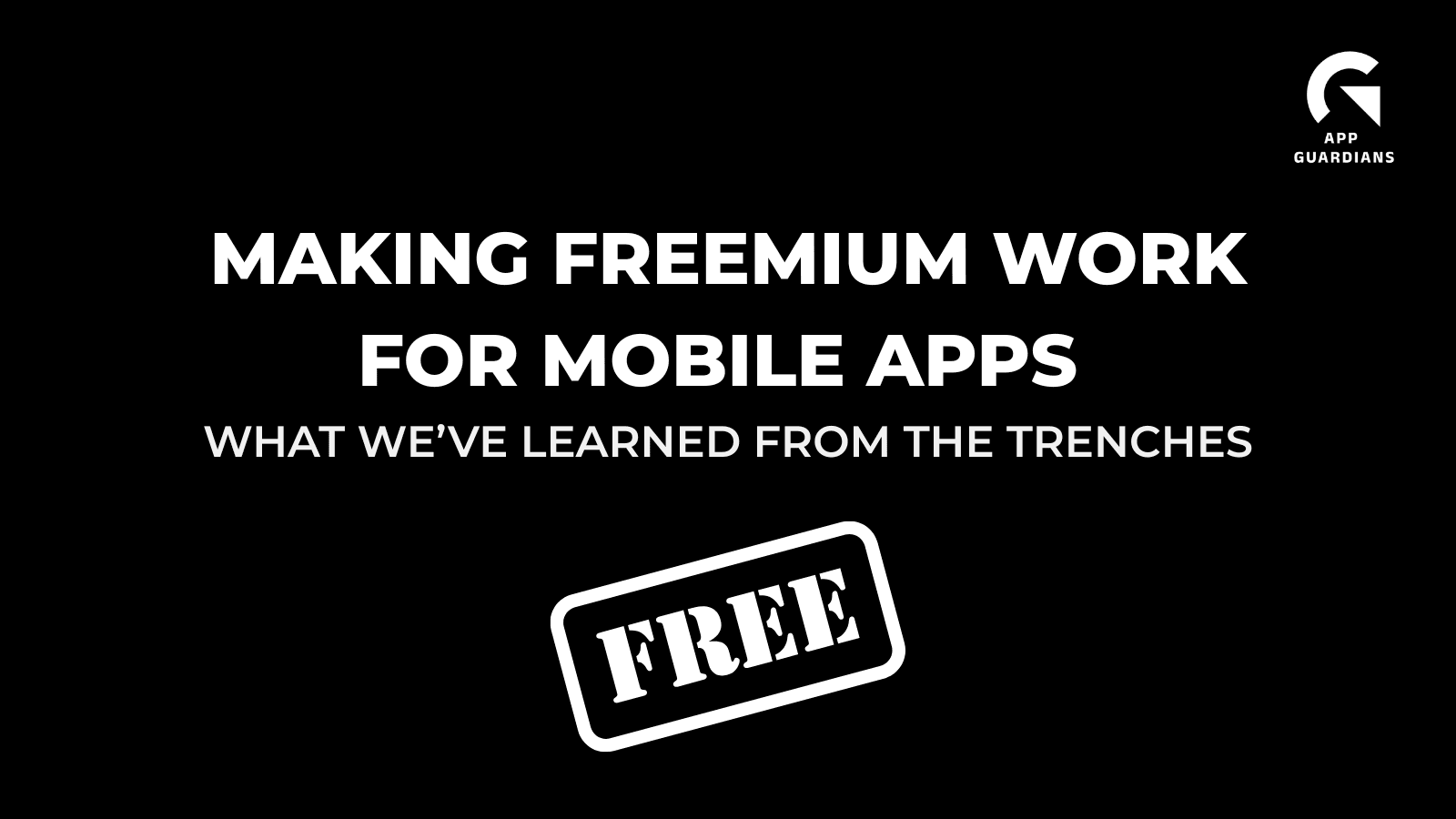App Expert Interview: Max Maserman of CallApp
We all know that user acquisition is key for mobile app growth. What better way to learn the ins and outs of user acquisition than by speaking to UA managers directly? In this app expert interview, we hear from Max Maserman of CallApp. Read on to get his pro tips on user acquisition strategies for an ad revenue-based app monetization strategy, automated ads and organic growth.
Hello, thanks for joining us. Please introduce yourself and tell us about your role in the app world. 
Strategy for Ad Revenue-Based App Monetization
Can you walk me through that growth experience and the situation you entered when you came on board? First, I’d like to talk about CallApp’s monetization strategy and revenue stream – which comes from ad revenue. We have almost no in-app purchases – we do have this option – but it’s only 2% of our customers. So basically, 98% of our income is ad-revenue driven. This means that we’ve revisited our strategy. We used to check retention day three at around 3% and day seven at 7%. This approach resulted in it taking over a year to see a return on investment for a single campaign. So we changed KPI goals to have day three set at least 5.5% and day seven set for at least 10%. What did that do for us? We see most of our ad budget return after six months of activity. 

Automated Ads for an Ad Revenue Monetization Strategy
With a Facebook budget of $10,000 a day, how do you manage such high-spend campaigns? Facebook has a feature called Automated Ads, which is similar to Google’s automated app campaigns, so we rely on that. There are restrictions to AA campaigns, like you can’t really adjust the target. For us, it doesn’t make much difference because we have an ad-revenue based app monetization strategy, which means our aim is to achieve the lowest CPA. So basically, when I’m opening a new campaign, I open it for three events. The first event will be the Automated Ads campaign. The second one is not automated, it’s just a regular campaign. The third is an automated app campaign with in-app optimization events. Then I test them with a $50 budget for three days, so $150 per campaign. We then see who is the winner and who’s the loser. We usually see a gap between the best performing and the lowest performing campaign. With AA campaigns, there isn’t anything to optimize besides the creatives, which should be set as dynamic creatives – which means they’re automatically created within the Facebook interface.
Organic Growth Strategies
What do you do for organic growth? In terms of organic growth, we’re doing local PR. Our PR person contacts people to write an article in specific countries so that the localization is very authentic. We promote the articles via SEO and via paid media – we split the paid media and organic traffic. For other organic growth channels, we’re looking into influencers within the app industry. We also have a blog that draws in many readers.
#1 Tip for User Acquisition Managers and App Start-ups

Related Articles
In today’s app economy, the “hard paywall or bounce” model is losing its edge. Users are savvier, competition [...]
Two major updates from Apple have landed — and if you work in app marketing, growth, user acquisition, [...]
The Digital Markets Act and the Digital Services Act are two major pieces of legislature brought forth from [...]










